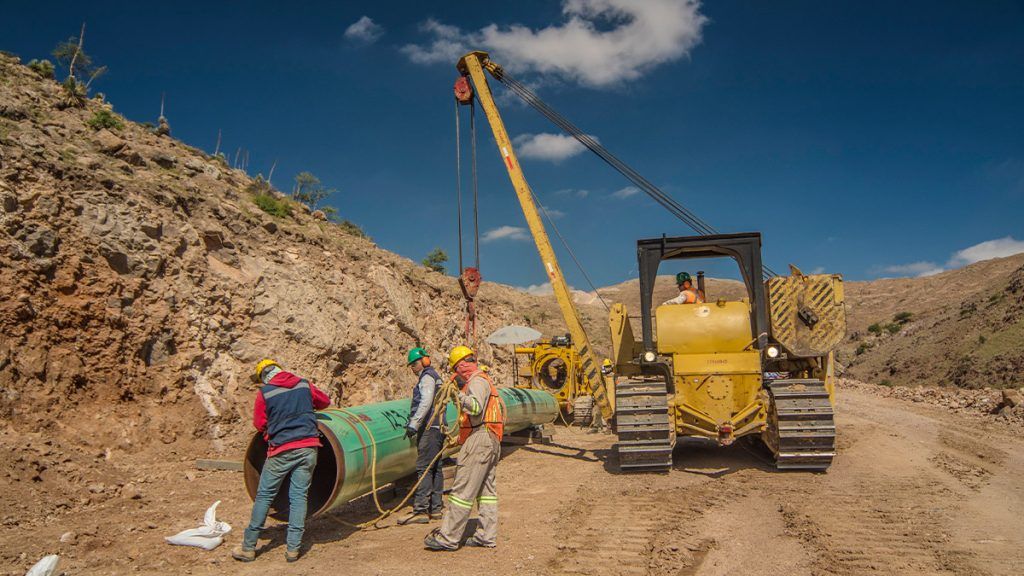TC Energy is working with the Federal Electricity Commission (CFE) to complete the remaining section of the Villa de Reyes Pipeline, with an expected commercial service entry date of the second half of 2024.
To put in context: the Sistema Transportadora de Gas Natural de la Huasteca (TGNH) is located in the central region of Mexico and is comprised of the existing Tamazunchale pipeline, the Tula, Villa de Reyes and Puerta Sureste pipelines with sections that are in service or currently under construction.
This system supplies or will supply several power plants and industrial facilities in Veracruz, Tabasco, San Luis Potosí, Querétaro and Hidalgo, and has interconnections with upstream pipelines that bring supply from the Agua Dulce and Waha hubs in Texas.
In August 2022, TC Energy announced a strategic alliance with the CFE for the development of new natural gas infrastructure in central and southeastern Mexico.
In connection with the strategic alliance, TC Energy reached an FID (Final Investment Decision) to develop and construct the Southeast Gateway pipeline, a 1.3 Bcf/d, 715-km (444-mile) offshore pipeline to serve the southeast region of Mexico with an expected in-service of mid-2025 and an estimated project cost of $4.5 billion.
TC Energy
The company also commissioned the lateral section of the Villa de Reyes pipeline in the third quarter of 2023.
Construction of the southern section of the Villa de Reyes pipeline is scheduled for mechanical completion in the second half of 2024, subject to successful resolution of stakeholder issues.
In addition, the company continues to evaluate the development and completion of the Tula pipeline with the CFE, which is subject to a future FID.
Due to the delay of an FID, effective November 1, 2023, the company has suspended AFUDC registration on assets under construction for the Tula pipeline project.
Natural Gas
For more than a decade, Mexico has been undergoing a significant transition from fuel oil and diesel as primary sources of energy for electricity generation to the use of natural gas.
As a result, new pipeline infrastructure has been and continues to be required to meet the growing demand for natural gas.

